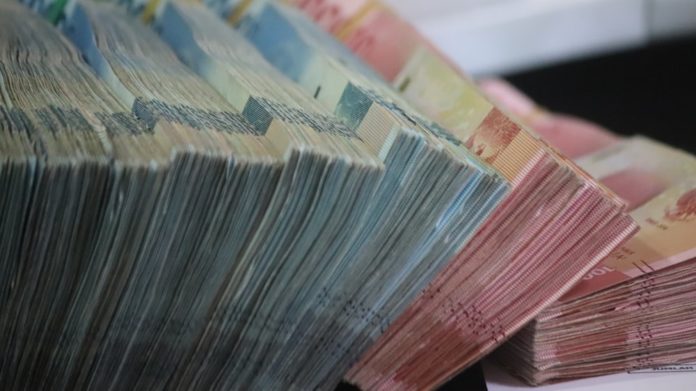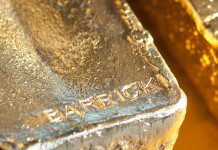
SIBANYE-Stillwater will rack up an attributable interim profit of as much as R25bn when it reports its numbers on August 25, the company said in a trading statement today.
The performance was based on improvements in production and the continuation of elevated pricing for platinum group metals (PGMs) and notwithstanding a 13% increase in the value of the rand against the dollar.
The outcome was forecast share earnings of between 835 cents (57 US cents) and 852 cents (59c/share) compared with 351 cents (21 US cents) last year – an increase of more than 138%. Attributable interim profit last year was R9.39bn ($563m).
This spells good news for investors. Sibanye-Stillwater pays 25% to 35% of normalised earnings in terms of its dividend policy. It said in February it would pay an R10.7bn final dividend after recommencing the payout at the interim stage in August.
In May, Sibanye-Stillwater CEO, Neal Froneman, promised stakeholders “future windfalls” as a result of record PGM prices. In June, it unveiled a share buy-back programme equal to 5% of its issued share capital and worth a total of just under R10bn at the current price of the company.
But the company has also tidied up its balance sheet and committed to growth. In July it announced the close out a $353.7m corporate bond. Weeks later, the company said it was pressing forward with the R1.1bn investment in nickel processing facilities in France.
The company has targeted European-based battery minerals production as its next strategic thrust having in 2016 diversified from gold into PGMs by buying Stillwater Mining.
Production
Gold production from its South African mines in the interim period, including its 50.1% stake in DRDGOLD, increased by 29% year on year to 518,848 ounces. This represents a recovery from the Covid-19 disrupted months last year.
PGM 4E production from its South Africano operations totalled 928,992 oz, a 41% year on year increase while mined underground 4E PGM production increased 43% to 817,369 oz. Production of PGMs from surface totalled 76,796 oz, an increase of 34%.
Production of 2E PGMs from Sibanye-Stillwater’s US-based operations totalled 298,301 oz compared to 297,740 oz. The flat comparative production numbers are the only major blot on Sibanye-Stillwater’s copybook where the Stillwater Mining assets have failed to live up to expectations in terms of output.
Stoppages in June reduced production by about 20,000 2E oz whereas recycling increased marginally to 402,872 oz 3E oz, the company said.
Commenting on earnings offsets, in addition to the stronger rand, Sibanye-Stillwater said the company would pay higher mining and income taxes, and higher royalties on the back of higher revenue.
The company also booked fair value losses on financial instruments as well as a loss on initial recognition of the Marikana BEE cash-settled share-based payment obligation after the Marikana BEE transaction was restructured.
In terms of this, Sibanye-Stillwater agreed to restructure debt held by former empowerment partners (BEE) in Lonmin, the PGM company with which it merged in 2019.
Sibanye-Stillwater cut by more than half the debt to be repaid using a trickle-down dividend of 10% of the BEE partners’ respective shares in Lonmin, now renamed Marikana division following Sibanye-Stillwater’s 2019 merger with the company.










